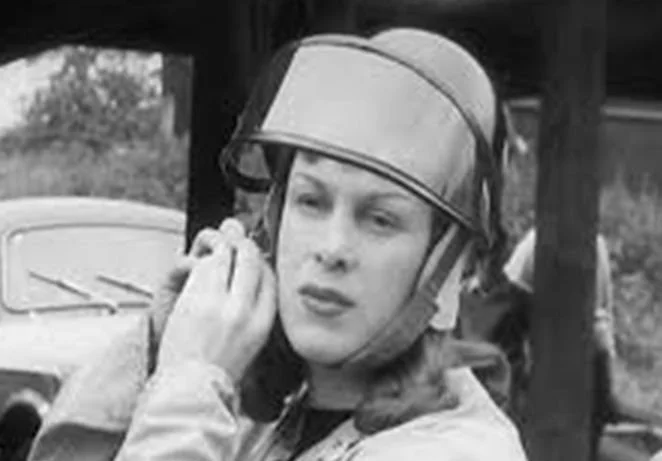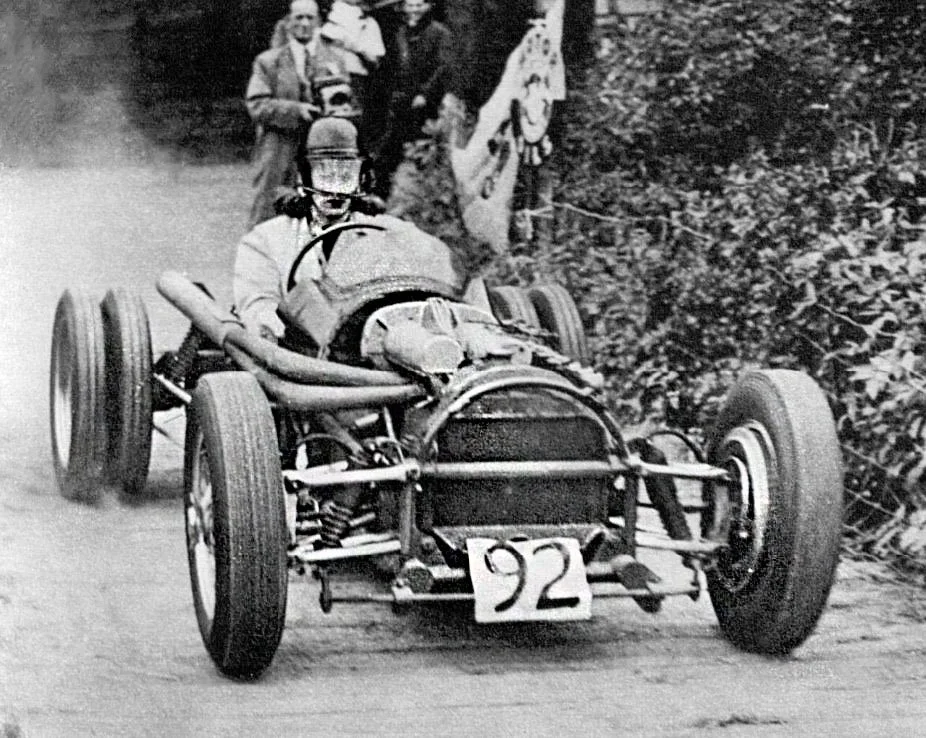Roberta Cowell: The Racing Driver Who Rewrote Her Own Story
The Remarkable Journey of Britain's First Known Transgender Woman
Did you know that long before transgender rights were widely discussed, a former Spitfire pilot and racing driver made history as Britain's first known transgender woman? Her name was Roberta Cowell, and her extraordinary life journey took her from the cockpit of fighter planes during WWII to pioneering gender-affirming surgery at a time when such procedures were virtually unheard of. Despite her remarkable achievements and historic significance, her story remains unfamiliar to many.
Who Was Roberta Cowell?
Born in 1918 as Robert Cowell, Roberta lived her early life according to societal expectations for men of her era. She developed a passion for speed and engineering, becoming an accomplished racing driver who competed at the prestigious Shelsley Walsh Hill Climb and the Belgian 24-hour race before WWII erupted.
When war broke out, Cowell joined the Royal Air Force, piloting Spitfire fighters and Gloster Meteors. Her aviation career was interrupted when she was captured by the Germans in 1944 and held as a prisoner of war. Despite suffering malnutrition during her imprisonment, Roberta's determination never wavered.
The Courageous Transformation
After the war, Roberta returned to racing but privately struggled with her gender identity. In the early 1950s, during an era when transgender issues were hardly discussed and often pathologised, she made the brave decision to live authentically as a woman.
Her transition was groundbreaking for the time. In 1951, she received hormone treatments from a doctor who risked his medical license to help her. Then, through an extraordinary series of events and with the help of pioneering plastic surgeon Sir Harold Gillies, Roberta underwent gender confirmation surgery in 1952, becoming one of the first British people to do so, and predating the more widely publicised case of Christine Jorgensen in the United States.
Racing Through Barriers
What makes Roberta's story even more remarkable is that she continued pursuing her passion for motorsport after her transition. She raced competitively as a woman, defying the deeply entrenched gender norms of 1950s society. Though she faced discrimination and curiosity, she remained focused on her love of speed and competition.
She also returned to aviation, becoming a skilled aerobatic pilot and continuing to challenge conventions about women's capabilities in these traditionally male-dominated fields.
Overlooked and Underappreciated
Despite her historical significance, Roberta Cowell's name rarely appears in discussions of LGBTQ+ pioneers or aviation and motorsport history. When her story was covered in the press of the time, it was often sensationalised rather than celebrated for its courage and significance.
In later years, Roberta lived a relatively private life. She published her autobiography in 1954, but subsequently retreated from public view, partly due to the challenges of navigating a society that wasn't ready to understand or accept transgender individuals.
Why She Deserves to Be Remembered
Roberta Cowell's journey represents incredible courage in multiple dimensions—from her wartime bravery to her determination to live authentically despite overwhelming societal pressure. She navigated her transition at a time when there was no community support, no legal protections, and little medical understanding of transgender healthcare.
She wasn't just a transgender pioneer—she was a skilled pilot, a competitive racer, a prisoner of war survivor, and a woman who refused to abandon her passions despite facing barriers most of us can hardly imagine.
Let's Give Credit Where It's Due
Roberta's story reminds us that transgender history extends much further back than many realise, and that courage comes in many forms—from battling enemies in the skies to fighting for one's true identity in a society that wasn't ready to understand.
What do you think? Have you heard of Roberta Cowell before? Let's spread the word about her incredible contributions and her pioneering journey!



